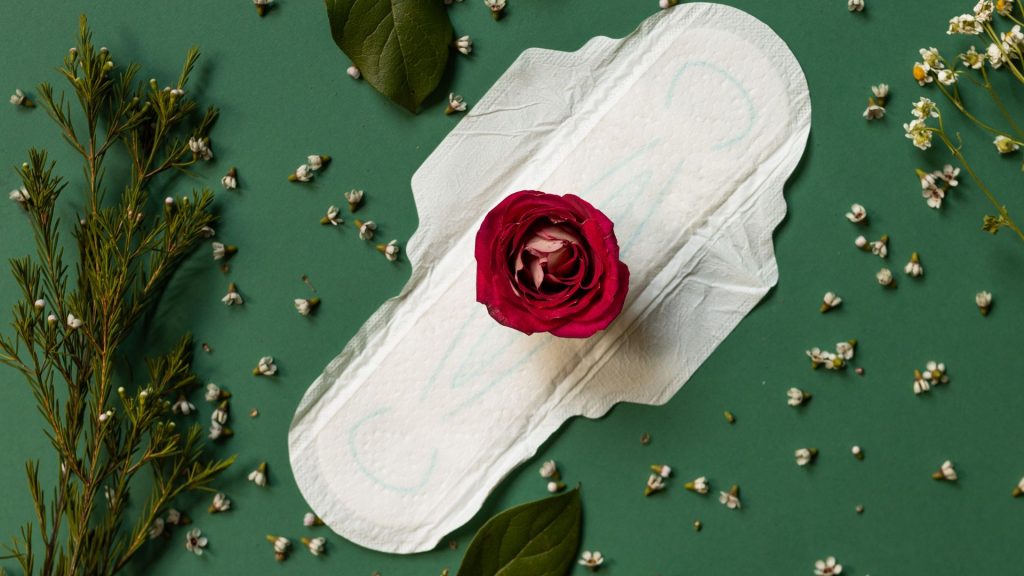At puberty, most girls first experience menstruation for the first time and this can be an exciting time of great change and development. Many girls begin needing sanitary pads at this time as well.
Reusable pads provide the ideal way to avoid harmful chemicals found in disposable pads that can contribute to various health concerns.
They are easy to use
Nowadays, girls use disposable pads that come in all sorts of sizes for both heavy and light periods, and in different absorbencies to meet their individual needs. Some pads feature scent or deodorant; those with sensitive vaginas might prefer non-scented or unscented napkins instead. They should be changed every 3-4 hours or when saturated to prevent leakage and odor.
To use a pad, remove the paper strip containing its adhesive layer and press it against your underwear’s crotch area. Some pads feature wings that wrap around gusset areas for side leak protection. Once it is in place, you can go about your day as normal.
When changing sanitary pads, save both the backing paper and wrapper for disposal. Never flush used pads down the toilet as this could clog it. Instead, dispose of them in a trash can or one of the special pad-disposal bins at school.
They are comfortable
Modern commercial sanitary pads utilize superabsorbent fibre that can be compressed and decompressed, enabling them to retain more fluid for extended periods. Unfortunately, this process isn’t environmentally friendly and may cause irritation to skin. Furthermore, many sanitary pads contain chemicals like petrochemicals, fragrances, dioxins and urea that could potentially enter bloodstream and increase cancer risks.
Many girls experience both heavy and light bleeding during their period. Finding a pad that can accommodate both types of flow may require experimentation to find one that suits you.
Single-use commercial sanitary products contain plastics which take centuries to decompose, ending up in landfills or oceans and contaminating soil, water, and the air we breathe. Ella pads offer an eco-friendly alternative to disposable menstrual products while supporting small business ventures in rural communities and displaced areas.
They are toxin-free
Sanitary pads are often made from natural and recycled materials, meaning they contain no potentially hazardous chemicals. Meanwhile, disposable tampons often feature low-density polyethylene plastic wrappers that have been linked to endocrine disruption, cancer risk, environmental contamination, as well as plasticizers which make the plastic hard to degrade.
Studies have demonstrated that girls with access to affordable and clean sanitary products miss less school. This helps lower teen pregnancy rates while improving fertility outcomes for future generations.
New York recently became the first state to require sanitary pad manufacturers to disclose all intentionally added ingredients; however, many disclosures often omit details for ingredients like “fragrance” or “colorants,” as these do not need to be listed on their labels. These chemicals have been linked with skin irritations like dermatitis, dryness and menstrual cramps as well as other side effects including possible disruption to endocrine function.
They are affordable
Menstruators in rural and low-income areas often cannot afford sanitary pads, leading them to resort to unhygienic methods for their periods. Therefore, inexpensive yet eco-friendly menstrual products must be developed.
These products can be constructed using natural materials such as bamboo, papyrus and banana stems for less money and environmental harm than plastic-based commercial pads. Furthermore, these natural solutions offer greater absorption and comfort.
Reusable pads may snap or clip directly to a girl’s underwear and require no washing – plus, they can last longer than disposable pads! Available both online and at natural health stores, they do pose the risk of toxic shock syndrome; girls should make sure that they change them frequently while also washing their hands frequently.
Janipad was designed by Design Without Borders Uganda and Technology 4 Tomorrow as an inexpensive organic menstrual pad, made from water hyacinth which grows abundantly around Lake Victoria and minimizes manufacturing costs while benefitting local environments by decreasing amounts of invasive water hyacinth that clogs lakes and disturbs native flora.


